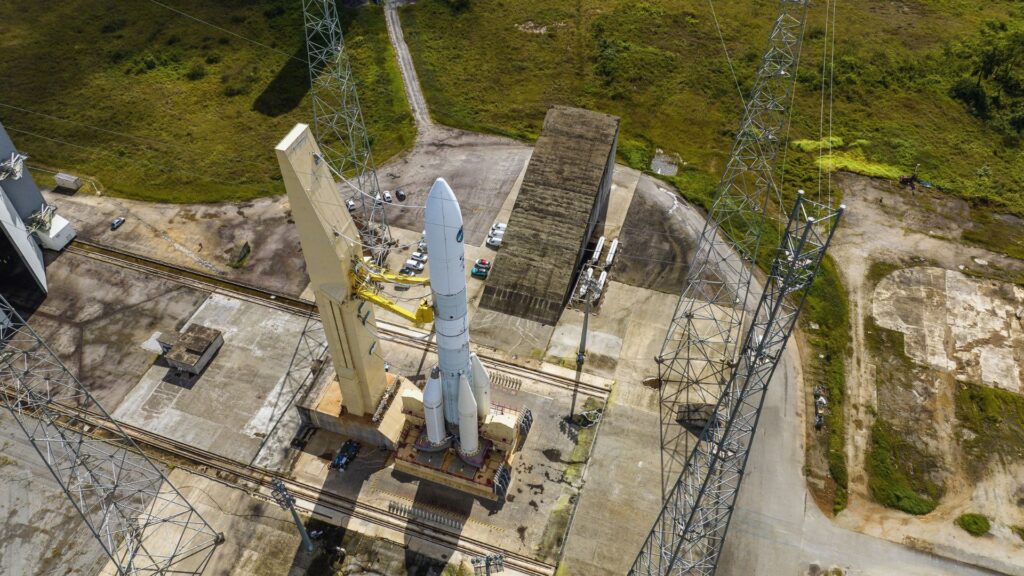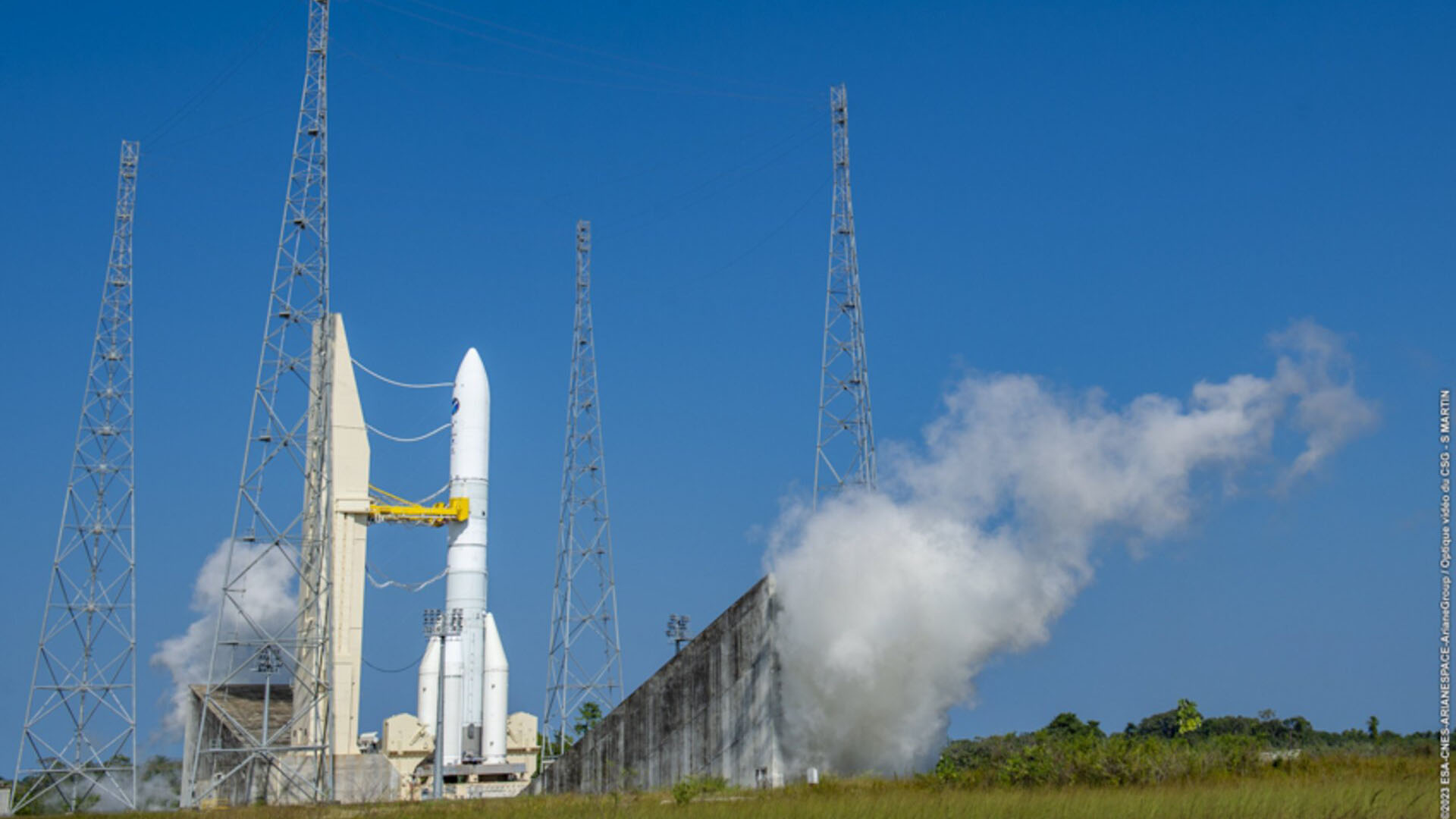The summer allowed space Europe to make successful progress on the Ariane 6 program. Several motorization tests were successfully validated. But there is an important step that remains to be taken in October.
Space Europe is holding its own with Ariane 6, despite the accumulated delay in the program. On Tuesday, September 5, it successfully passed a long-awaited milestone, that of firing the main stage of the launcher. A very brief test, which lasted just four seconds, but which made it possible to observe the good performance of the Vulcain 2.1 rocket engine.
The Vulcain 2.1 rocket engine provides thrust for Ariane 6 from its launch pad and into the upper layers of the atmosphere. Then the main stage detaches and falls back to Earth. Second-stage propulsion then takes over — this time with the Vinci rocket engine — to take the rest of the rocket (and its payload) into space.
The test organized on September 5 at the Guiana space center, near Kourou, drew congratulations from the European Space Agency (ESA), the National Center for Space Studies (CNES), Arianespace, which will all benefit from the launcher once it is operational, and of ArianeGroup, which takes care of its manufacture.
It allows to ” qualify all the operations carried out during an Ariane 6 launch chronology, including the filling of the tanks and up to the stabilized operation of the Vulcain 2.1 engine of the main stage for 4 seconds “, indicates ArianeGroup in a press release published the day after the fire.

Further testing expected in October
Above all, the ignition that occurred on September 5 paves the way for a more extensive test, expected in October, with a much longer fire test. The Vulcan 2.1 is expected to activate for 470 seconds, or almost eight minutes. The success of this step will allow progress towards the qualification of the main stage, so that it is declared fit for flight.
The long-term test expected in a month is part of a larger campaign to verify the Ariane 6 engine. On July 18, a first simulation took place in Kourou to light the Vulcain 2.1 chamber (without triggering it ). September 1 is the firing of the Vinci rocket engine which took place. And on the 5th, again for the Vulcain 2.1.
The expected ignition duration in October corresponds to the activity time of the rocket engine when it is operational. A long-term test also took place for Vinci in September, for eleven minutes — the operating time during a real flight. It was also possible to test the auxiliary power unit, which is able to relight the Vinci.
All of these tests were successful and bode well for the rest of the program – the long test in October, however, remains crucial for the future and, more particularly, for the date of Ariane 6’s maiden flight. , the take-off of the new European heavy rocket is expected for 2024 – barring a dramatic change, it will take place in the first half of the year.
This is crucial for Europe’s strategic autonomy and to avoid any further delay. Today, space Europe no longer has any Ariane 5 available and it can no longer count on the Soyuz medium launcher, due to the break with Russia, following its invasion of Ukraine. As for the Vega and Vega-C light rockets, they also have their own difficulties and cannot replace an Ariane 6 anyway.
Subscribe for free to Artificials, our AI newsletter, designed by AIs, verified by Numerama!
